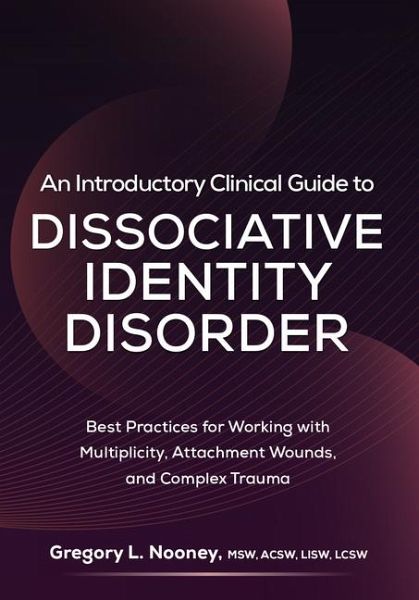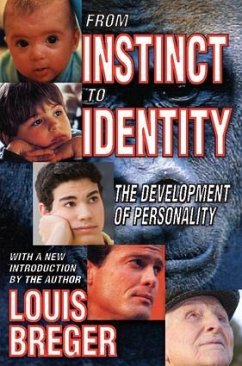
An Introductory Clinical Guide to Dissociative Identity Disorder
Best Practices for Working with Multiplicity, Attachment Wounds, and Complex Trauma
Versandkostenfrei!
Versandfertig in über 4 Wochen
18,99 €
inkl. MwSt.

PAYBACK Punkte
9 °P sammeln!
If you are skilled in working with complex trauma, you can effectively treat DID. Media portrayals of dissociative identity disorder (DID), formerly known as multiple personality disorder, are often misleading and sensationalized at best, or harmful and inaccurate at worst. As a result, outdated myths about the disorder persist, including the belief that it is rare, scary, or not a "real" condition. With so much stigma and disinformation floating around, clinicians often feel ill-equipped to treat DID, or are skeptical of it altogether, leaving clients without the therapeutic support they need...
If you are skilled in working with complex trauma, you can effectively treat DID. Media portrayals of dissociative identity disorder (DID), formerly known as multiple personality disorder, are often misleading and sensationalized at best, or harmful and inaccurate at worst. As a result, outdated myths about the disorder persist, including the belief that it is rare, scary, or not a "real" condition. With so much stigma and disinformation floating around, clinicians often feel ill-equipped to treat DID, or are skeptical of it altogether, leaving clients without the therapeutic support they need. This book offers a solution. Based on Greg Nooney's 30-plus years of working with DID, this introductory how-to guide provides you with foundational yet easy-to-follow best practices for identifying and working with multiplicity. With the various case vignettes, sample dialogues, and concrete tools inside, you'll learn how to: * Recognize identity fragmentation when it shows up in session * Get to know each alter and their role in the client's internal system * Use effective resourcing techniques to quiet dysregulation among alters * Facilitate communication and cooperation between alters * Dissolve dissociative barriers slowly and safely * Process trauma memories that underlie dissociation As a therapist, you will never be able to directly experience the inner world of a client with DID, but you can help them navigate that world with greater flexibility and ease.












